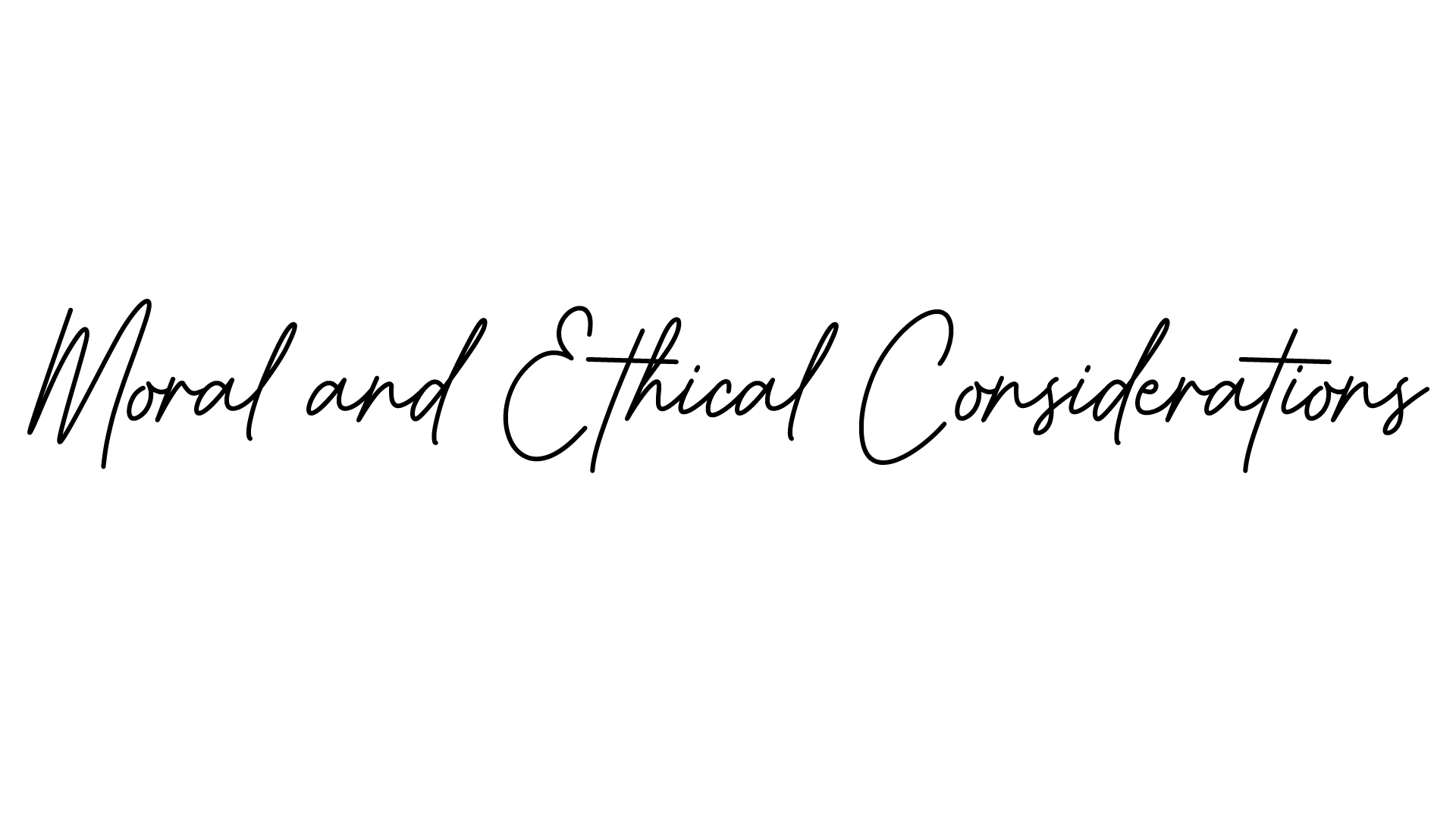Home



Something that reportage illustration has that other forms of journalism doesn’t is a dependence on consent from the subjects of artists. This can make journalism a more symbiotic relationship rather than the cynical one-sided approach which makes news a little distrustful in the 21st century.
In some cases, there may be interference from the authorities. For example, Butler recalls being followed by the secret police in Belarus and even being accused of being a spy by a civilian. Gibbon (referenced in materials and processes) concealing her intentions and identity requires her to gain access to arms fairs via her ‘employment’ as a ‘security consultant company’. Learning “A weapon is just a product, and a repressive regime just a client” (Gibbon, J. 2014) renders the morality of lying more flexible and circumstantial.
As shown in these examples, being aware of current political and social tensions is important. Especially if you are travelling for your work, your ethnicity or nationality may stir interest or concern in some places. As I have previously stated, Kugler uses an interpreter to interview his subjects. If an artist's work is dependent on their interactions with their surroundings it is only obvious to have the ability to communicate with them. Because reportage illustrators aim to document events, embellishment, sanitisation or any distortions of reality are significant moral considerations.
Professional Practice
Materials And Processes
Moral and Ethical Considerations
Conclusion
Bibliography